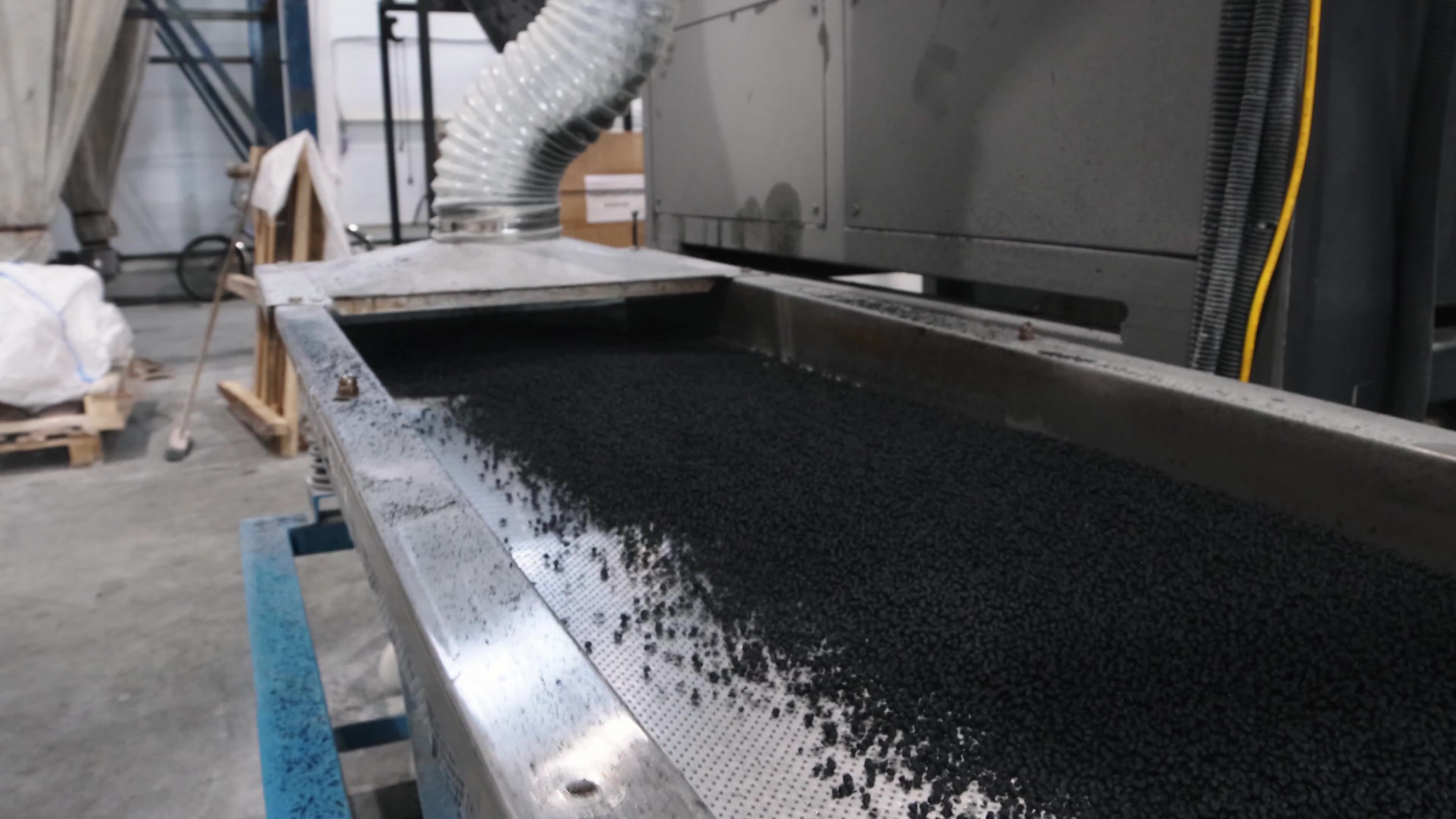Southeast Asia polyethylene demand to face rocky recovery path as supply increases

Southeast Asia’s polyethylene (PE) market is expected to continue to face a rocky road to recovery in the closing months of 2023 with demand expected to struggle to regain its pre-COVID-19 glory especially with a significant jump in supply also expected over the same period.
Over the last few weeks, several major suppliers from the Middle East had announced their offers for September shipments, which showed their inclination to try and stem the downtrend in prices, by offering higher prices compared with prior months.
Although buyer acceptance for these offers were deemed to be better than in the June-August period, buyer resistance, especially in Vietnam, eventually emerged with deals then concluded at or just below the offer levels.
In the week ended 1 September, the assessment for dutiable imports of linear low-density PE (LLDPE) in southeast Asia were at $970-1,000/tonne CFR (cost & freight) SE (southeast) Asia Dutiable.
That was well above the lows seen so far in 2023 in the week ended 7 July, where the midpoint was at $910/tonne CFR SE Asia Dutiable.
In the week ended 1 September in Vietnam, the LLDPE assessment was also $970-1,000/tonne CFR Vietnam.
For film-grade high-density PE (HDPE film), assessments in the week ended 1 September were at $1,030-1,050/tonne CFR SE Asia Dutiable and CFR Vietnam.
In comparison, HDPE film prices hit their 2023 lows in June/July at $945/tonne CFR SE Asia Dutiable and $940/tonne CFR Vietnam.
The absence of a strong demand recovery from among two of Asia’s largest PE import markets, namely China and Vietnam, is expected to have a major ripple effect on the region as a whole even as southeast Asia braces itself for a flood of possible new supply from new plants and capacity expansions.
“Southeast Asia’s demand has been lacklustre throughout the most of first half of 2023,” said ICIS senior analyst Shariene Goh.
“The demand outlook for the remainder of 2023 continue to be faced with key challenges of growing economic uncertainty and challenged margins,” she said.
China is the world’s biggest PE market by consumption while Vietnam is southeast Asia’s largest consumer, according to the ICIS Supply-Demand Database. Vietnam is highly reliant on exports of finished products to drive economic growth.
Some market sources said there had been signs of some price stability just before China started its Dragon Boat Festival holidays (22-24 June) and that helped to ease some of the pervasive bearishness that has gripped the market over the last few months.
“It has been quite busy. We’ve been getting quite a lot of inquiries from China this week,” said one market source.
Many buyers however insisted they were in no rush to buy, saying that their output of finished goods had already slowed because of weak downstream demand.
Converters across major southeast Asian PE markets noted that their production of finished plastic products were down to just 50-70% of total capacity and as such, the drawdown of inventories have been far slower than over the past years.
“My factory’s operating rate has dropped quite a bit. Orders on hand can only last about a week,” said one market source.
New supply expected in 2023

While PE demand recovery remains highly questionable for the second half of the year, supply in southeast Asia looks set to increase further even as economic growth rates across the region are expected to improve.
“The overall GDP outlook of this region is still expected to be healthy. However, growth magnitude is likely to be weighed down as external demand for finished products by the US and the EU have decreased,” said ICIS analyst Goh.
The downstream PE units from the Saudi Aramco-Petronas joint venture Pengerang Refining and Petrochemical (PRefChem) project restarted in June after a month-long maintenance.
Current indications are that this plant, which has the capacity to produce 350,000 tonnes/year of LLDPE and 400,000 tonnes/year of HDPE, could ramp up output and expand its downstream PE product range to include HDPE film and pipe grades.
Additionally, the second half of 2023 could see the commercial start of the Long Son Petrochemical complex, Vietnam’s first integrated petrochemical complex, within the first half of the year.
The project is 100%-owned by Thai conglomerate Siam Cement Group (SCG) and has the capacity to produce 500,000 tonnes/year of high-density polyethylene (HDPE), 500,000 tonnes/year of linear low-density PE (LLDPE) and 400,000 tonnes/year of polypropylene, according to SCG.
Also, in the Philippines, JG Summit is expected to start high density PE (HDPE) production from its new 250,000 tonne/year expanded PE unit possibly in the second half of 2023 after delaying the start from a previously scheduled start of Q3 2022.
JG restarted output from its existing PE units at end-June after a prolonged shutdown since February this year.
Author:
Related content
Speak with ICIS
If you are interested in learning about how our specialist insight can help you make better business decisions, contact the ICIS team today. Simply complete the form and we will get in touch with you as soon as possible.



